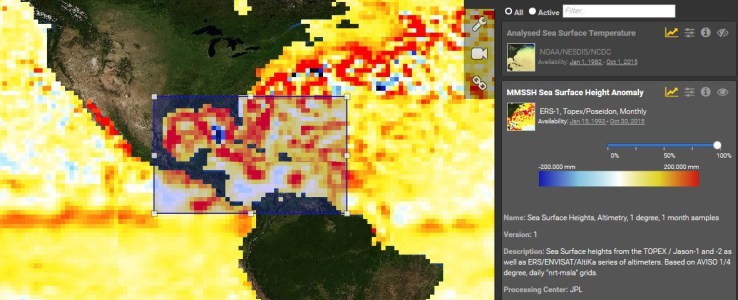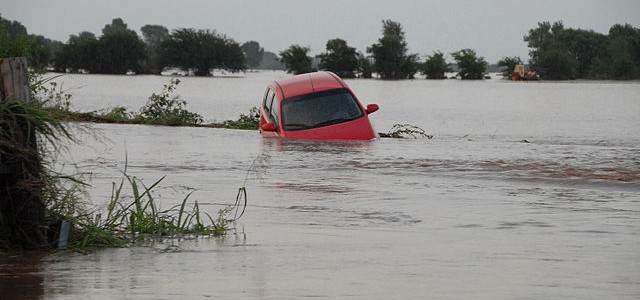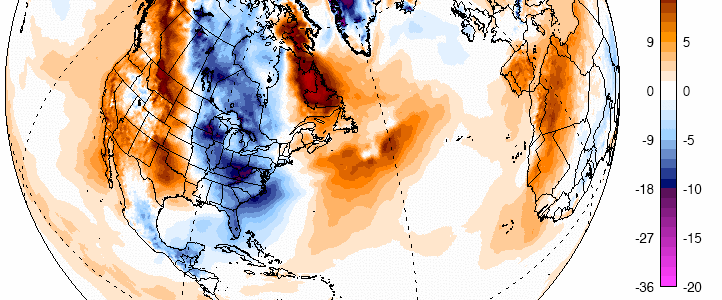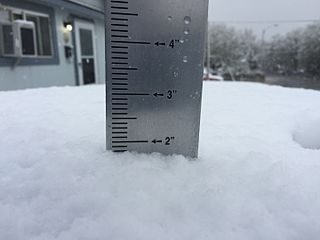Sources of weather and climate data
-

NASA has a new web site dedicated to providing resources on sea level for across the US. The site is available at https://sealevel.nasa.gov/. You can also read more about it at TechCrunch at https://techcrunch.com/2016/04/04/nasas-new-sea-level-site-puts-climate-change-papers-data-and-tools-online/. The site is focused on space-based observations (hence why it is coming from NASA instead of NOAA) but has plenty of land-based indicators…
-

When you are looking for weather data, wouldn’t you love to have a site that has it all in one place? While I haven’t yet found a site that has everything I want, this Water Resources Dashboard from the US Climate Resilience Toolkit is pretty complete. Take a look at it and see if you…
-

Do you ever get asked about where to get information on 50-year droughts? I got one this week from a fire chief who was looking to certify dry hydrants and needed to know what a 50-year drought looks like. While specific impacts of any drought on a pond or lake vary depending on drainage into…
-

Do you know what to do if you are caught in a flood? The National Weather Service says “Turn around, don’t drown.” Great advice, but sometimes you need more than that. They also provide a web page with more resources for emergency managers and citizens. You can view it at https://www.floodsafety.noaa.gov/index.shtml. Be smart and stay safe!…
-

Rome Ethredge reported in his blog today that they are starting to think about planting corn in southwest Georgia in areas where the soil is not too wet. Generally corn can be planted when the 2 inch soil temperature is consistently at 55 F or higher with no cold spell expected. Soil temperatures of 60…
-

You might not consider winter a time to get a heat wave, but one accepted definition of a heat wave is three or more consecutive days with temperatures at least five degrees above average. So media reports of a “heat wave” in Calgary are correct, even if the temperatures seem low to us in the Southeast. According…
-

Snowfall is beautiful but can cause a lot of problems for those who need to go places. It can also cause damage to trees and even buildings if there is enough of it. Deke Arndt of the National Centers for Environmental Information has a great blog post this week in “Beyond the Data” on the…